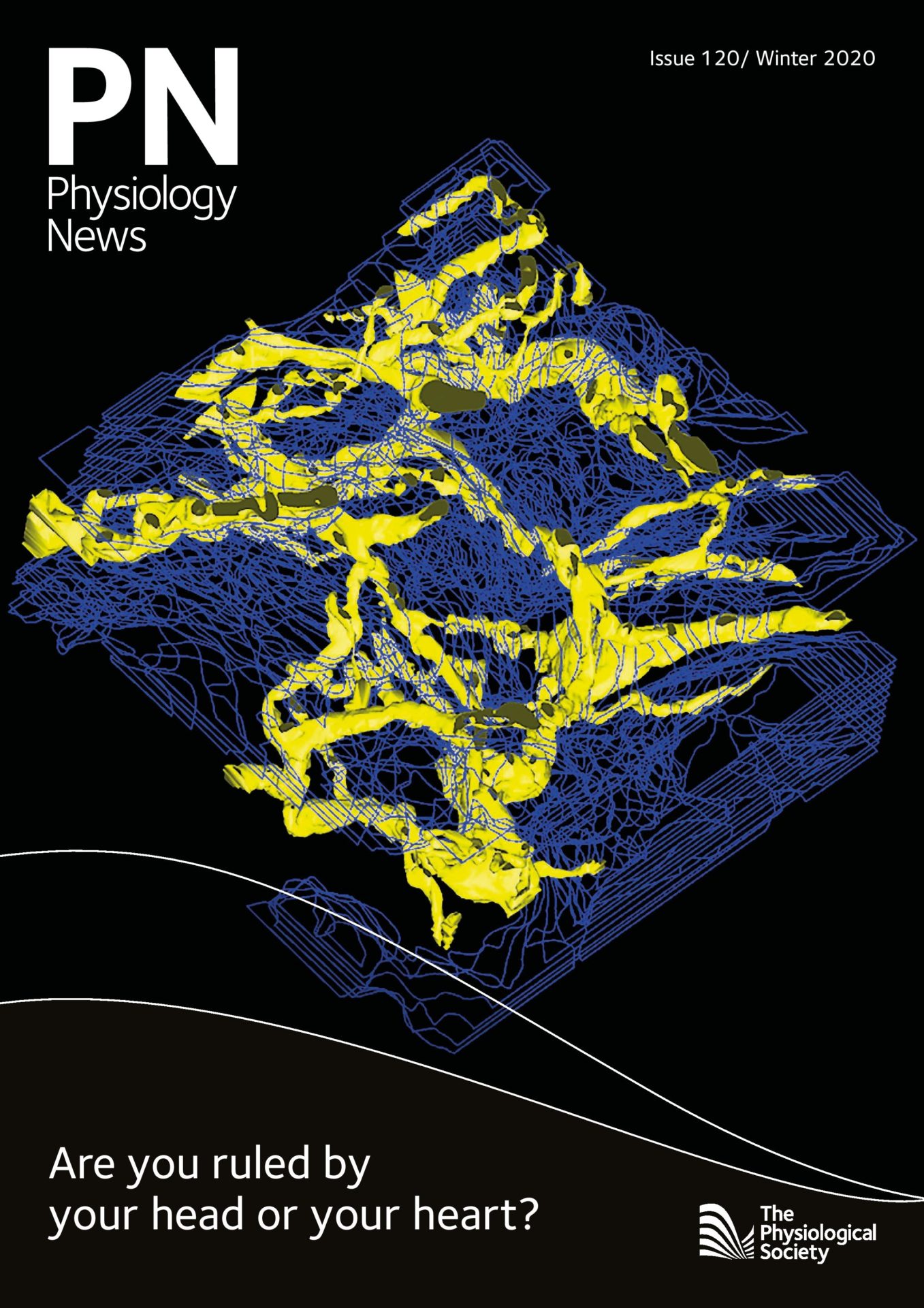
Physiology News Magazine
Policy Focus: Physiological Objectives for Medical Students
News and Views
Policy Focus: Physiological Objectives for Medical Students
News and Views
Prem Kumar, University of Birmingham, UK
https://doi.org/10.36866/pn.120.12
Physiology is the science of life, and I am sure it is self-evident to all members and regular readers of PN that in order to understand how and why the body goes wrong in disease, we have first to know how it operates in health.
Working alongside clinical colleagues, I am extremely fortunate to be able to draw connections between my own and other colleagues’ research interests and the subjects I teach in order to provide a research-led education to healthcare professionals who will go on to have a direct impact on the treatment and care of patients. This has always been invaluable but never more so than during the past 6 or 7 months, as the COVID-19 pandemic sweeps the world.
Time spent teaching physiology to medical students is becoming increasingly brief as the curriculum becomes ever more crowded. It is therefore timely that The Physiological Society has recognised the need to support those responsible for teaching medical students the fundamental mechanisms of physiology that underpin their careers by providing specifically designed objectives for undergraduates through this document.
The changes introduced by the General Medical Council (GMC) to the assessment of newly qualified doctors from 2023 and its accompanying guidance, Outcomes for Graduates, gives The Physiological Society an opportunity to build a dialogue with senior medical stakeholders.
Similarly, The Physiological Society’s 2019 policy report Growing Older, Better made a series of recommendations on interdisciplinary working including one that specifically related to raising the profile of physiology within medical and nursing curricula.
These developments arise in response to growing concerns from a number of physiologists and medical practitioners that a decline in the understanding of physiology, within the commonly adopted, problem-based approach to learning in many medical schools, could lead to unintended gaps in knowledge. These gaps have the potential to lead to a decline in resilience for reacting to unusual or rapidly changing medical circumstances.
This is not a new problem. Indeed, the core group that I chaired were extremely grateful to be able to build on the work of Richard Dyball and colleagues, who instigated an equivalent project on behalf of The Society over 10 years ago. It is a reflection of both the amount of knowledge required and the quality of expertise that exists within physiology that we were able to draw on a wealth of talent from across The Society to review and update that original curriculum.
Whilst our focus was primarily upon providing an essential physiology curriculum for medical students that could be adopted by the GMC, we were also aware that the objectives defined could form a key part of any healthcare-related or science-based undergraduate programme in which there is a requirement for an understanding of how the body works in health and disease. Whilst we have attempted to have a broad, core curriculum, based upon body systems, we may have inadvertently excluded or under-emphasised some key elements and Society members may wish to comment upon that as the document will be revised regularly with the ambition that future editions should become increasingly definitive, without becoming overly specific.
We hope that this piece of work represents the beginning of The Society’s engagement with organisations that represent healthcare professionals to ensure that the skills and insight physiology can offer will make it from the laboratory to the bedside. In a year that has been characterised by the emergence of a novel and deadly virus with symptoms that impact the whole body, the need for medical students to understand the fundamentals of physiology has never been more important.
